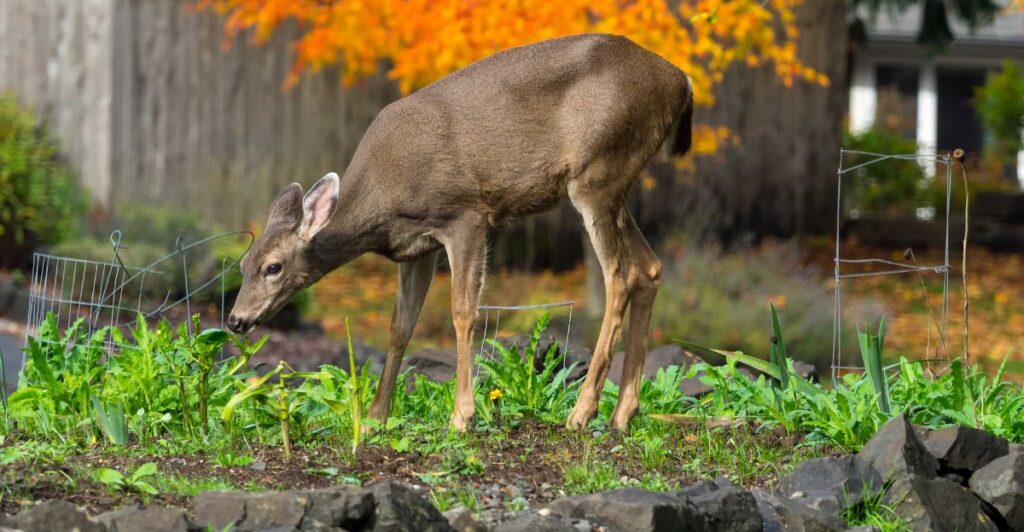
For those looking to deter unwanted visitors, thorny shrubs are a perfect choice. Berberis (Barberry) and Pyracantha (Firethorn) are known for their dense, spiky branches that make it difficult for intruders to navigate through. These plants create a natural barrier around your home while also producing vibrant berries that attract birds like robins and thrushes.
Firethorn is especially loved by wildlife enthusiasts as its berries provide food during the colder months, ensuring that birds have a reliable source of sustenance.
Evergreen Shrubs: Year-Round Protection

Evergreens like Boxwood (Buxus) and Holly (Ilex) are excellent choices for homeowners seeking year-round security and privacy. These shrubs retain their foliage throughout the year, ensuring that your home remains shielded from prying eyes even in winter.
Holly shrubs, in particular, offer more than just privacy. Their spiky leaves and red berries create a habitat for birds and small mammals, while also adding a festive touch to your landscape during the holiday season.
Low-Maintenance Options for Busy Homeowners

If you’re short on time but still want effective security and wildlife-friendly options, consider Privet (Ligustrum) and Juniper (Juniperus). These hardy shrubs require minimal upkeep and can be pruned into dense, impenetrable hedges.
Junipers are drought-tolerant and thrive in various climates, making them ideal for low-maintenance gardens. Additionally, their blue-green berries attract birds like cedar waxwings, adding life and movement to your garden.
Fragrant and Functional: Lavender and Rosemary

Lavender (Lavandula) and Rosemary (Rosmarinus officinalis) are not only known for their pleasant scents but also for their ability to repel pests. Their strong aroma can deter insects and even small rodents, providing a natural defense system for your home.
Moreover, these shrubs attract pollinators such as bees and butterflies, which are crucial for maintaining a healthy ecosystem. Lavender, with its calming fragrance, also doubles as a stress reliever, making it a versatile addition to your front yard.
Native Shrubs: Supporting Local Ecosystems
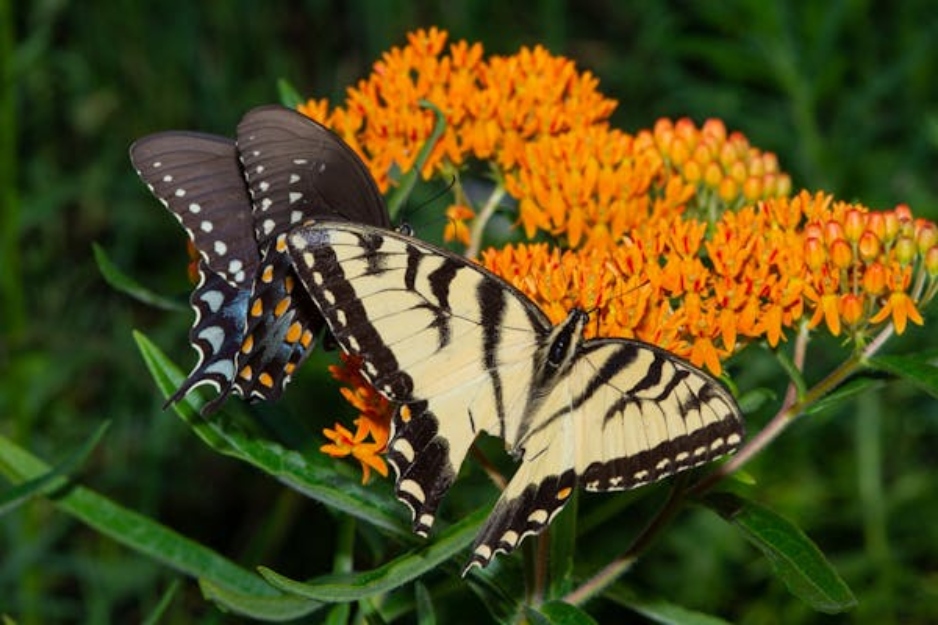
Choosing native shrubs like Serviceberry (Amelanchier) and Spicebush (Lindera benzoin) ensures that your garden is in harmony with the local environment. These plants are well-adapted to your region’s climate and soil, requiring less water and fertilizer.
Serviceberry offers stunning white blossoms in spring and produces berries that are a favorite among birds and other wildlife. Spicebush, on the other hand, is known for attracting spicebush swallowtail butterflies, adding a touch of natural beauty to your yard.
Shrubs for Pollinator Paradise
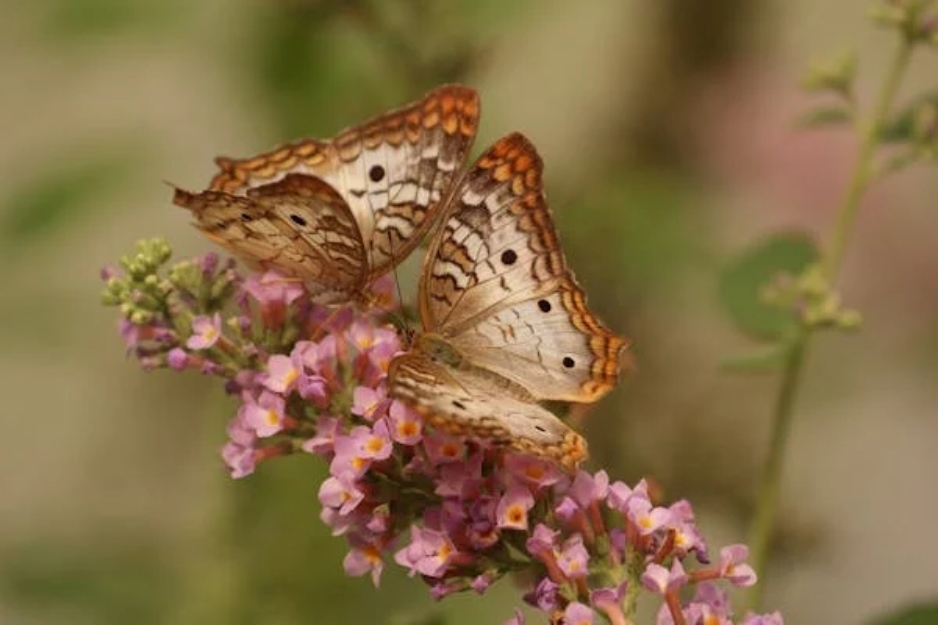
Creating a garden that benefits pollinators is a growing trend among environmentally conscious homeowners. Butterfly Bush (Buddleia) and Red Osier Dogwood (Cornus sericea) are excellent for this purpose.
Butterfly Bush, as its name suggests, attracts a variety of butterflies, making your garden a vibrant and lively space. Red Osier Dogwood, with its striking red stems, not only adds visual appeal but also provides nectar and shelter for bees and other pollinators.
Balancing Security and Wildlife: Multi-Functional Shrubs
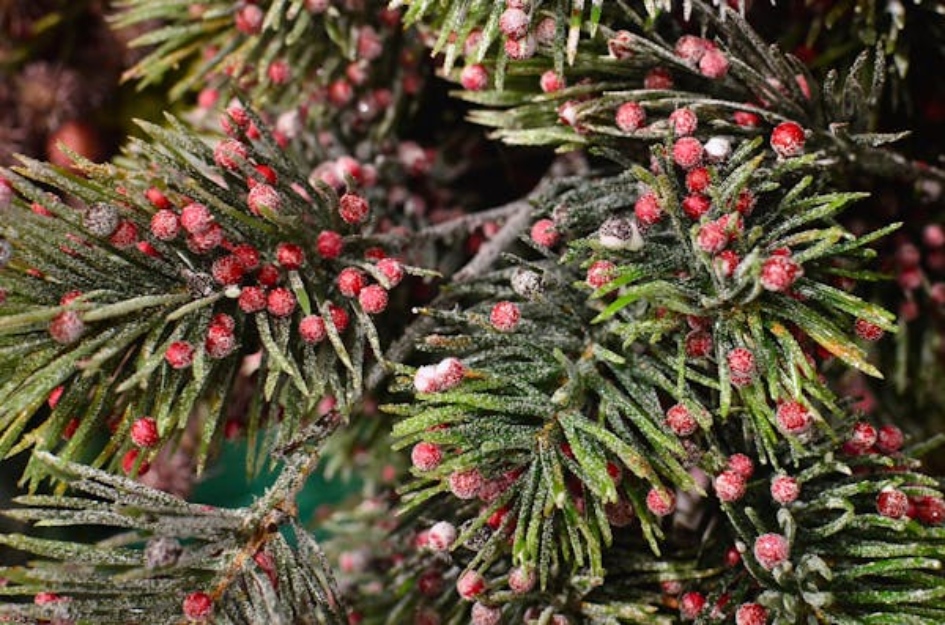
For homeowners looking to strike a balance between security and wildlife friendliness, American Holly and Yew (Taxus) are worth considering. These shrubs have dense foliage and spiky leaves, deterring intruders while providing shelter for birds and small animals.
American Holly’s bright red berries serve as a winter food source for birds, while Yew offers year-round greenery and protection. Both shrubs contribute to a secure and thriving garden ecosystem.
Shrubs for Seasonal Interest

To keep your garden looking vibrant throughout the year, opt for shrubs like Hydrangeas and Viburnum. These plants offer seasonal interest with their changing foliage and colorful blooms.
Viburnum produces clusters of berries that attract birds, while its flowers are a magnet for pollinators. Hydrangeas, with their large, showy blossoms, add a touch of elegance to your garden and provide shade for smaller animals.
The Importance of Proper Placement
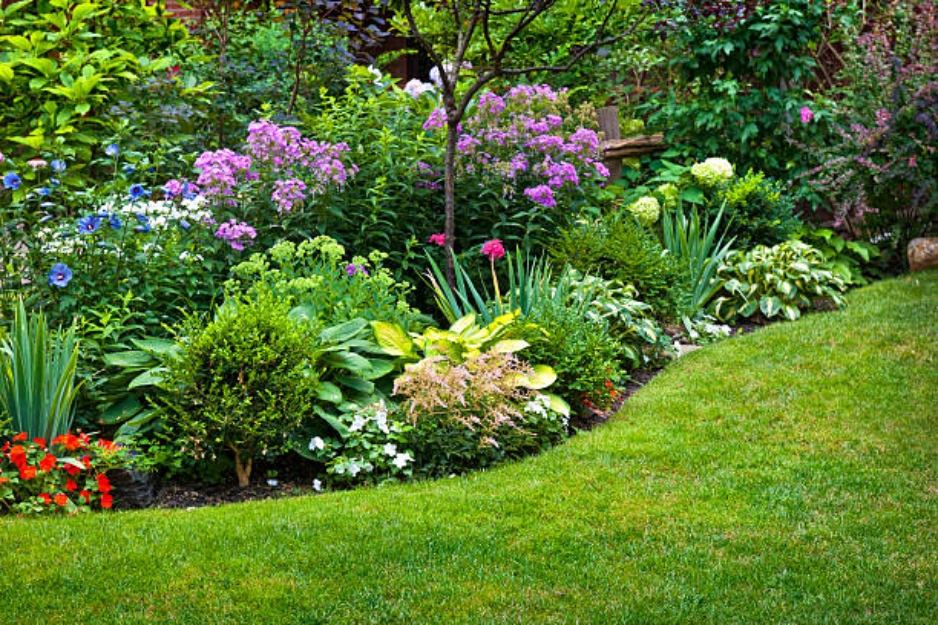
When planting shrubs for security and wildlife protection, placement is key. Ensure that shrubs are planted close enough to deter intruders but not so close that they block windows or create hiding spots for potential threats.
Additionally, consider layering different types of shrubs to create a diverse and visually appealing landscape. This approach not only enhances security but also provides various habitats for wildlife.
Benefits Beyond Security

Shrubs do more than just protect your home. They can reduce noise pollution, improve air quality, and even lower energy costs by providing shade and insulation. A well-planned garden with the right shrubs can significantly enhance your property’s overall value.
Furthermore, by choosing wildlife-friendly shrubs, you contribute to the conservation of local ecosystems, supporting birds, bees, and other creatures that play a vital role in maintaining environmental balance.
Maintenance Tips for Healthy Shrubs

To keep your shrubs healthy and effective, regular maintenance is essential. Prune them periodically to encourage growth and maintain their shape. Mulching around the base of your shrubs helps retain moisture and prevent weeds.
Also, consider using organic fertilizers to promote healthy growth without harming wildlife. Monitoring your shrubs for pests and diseases ensures they remain robust and continue to serve their dual purpose of security and wildlife support.
Choosing the Right Shrubs for Your Region

Climate and soil conditions vary, so it’s important to select shrubs that thrive in your specific environment. Consult with local gardening experts or visit a native plant nursery to find shrubs that are best suited for your area.
Incorporating a mix of native and non-native species can provide the best of both worlds, offering diverse habitats for wildlife while ensuring your garden remains lush and protective year-round.
Final Thoughts: A Win-Win for Homeowners and Wildlife

By choosing the right shrubs for your front yard, you can create a landscape that enhances your home’s security while providing a safe haven for local wildlife. Thorny barriers, evergreen privacy screens, and pollinator-friendly plants not only protect your property but also support the environment.
With thoughtful planning and a little effort, you can transform your garden into a multi-functional space that benefits both your family and the natural world. It’s a win-win scenario that ensures your home remains secure, beautiful, and environmentally friendly.
Stay connected with us for more stories like this! Follow us to get the latest updates or hit the Follow button at the top of this article, and let us know what you think by leaving your feedback below. We’d love to hear from you!







